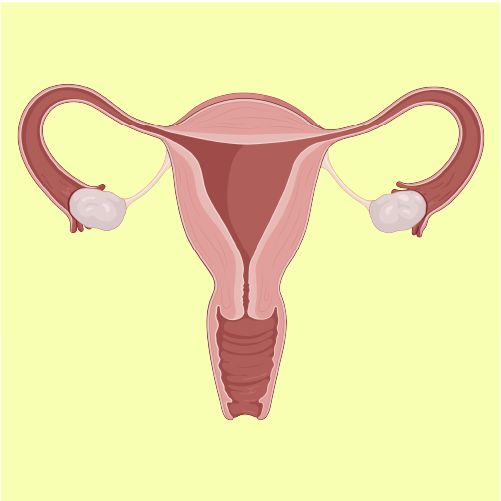Chapter 15: Sexual Reproduction, Development and Growth
What you need to learn in this chapter

In this chapter, we will be learning about sexual reproduction, development, and growth. We will start by studying the reproductive system of humans, including the anatomy of the male and female reproductive systems. Next, we will explore gametogenesis, which is the process of gamete formation. We will learn about spermatogenesis in males and oogenesis in females, and understand why gametogenesis is necessary for reproduction. Moving on, we will delve into the menstrual cycle, analyzing the changes in hormone levels during menstruation, follicle development, thickening of the endometrium, ovulation, and corpus luteum formation. We will also discuss how these hormone changes relate to pregnancy and miscarriage. Finally, we will study the development of the human fetus, including the process of fertilization and the formation of zygotes. We will then sequence and explain the early development of an embryo, covering the two-celled embryo, morula, and blastocyst stages.
Topics in this chapter
What you will learn in this topic
- Characterise the anatomy of: (i) male reproductive system. (ii) female reproductive system
What you will learn in this topic
- Justify the necessity of gametogenesis
- Describe gamete formation: (i) spermatogenesis. (ii) oogenesis
- Identify the structure of: (i) sperm - head - middle piece - tail (ii) Graafian follicle - secondary oocyte - follicular cells
- Compare and contrast between spermatogenesis and oogenesis
What you will learn in this topic
- Analyse the changes in the levels of hormones involved during: (i) menstruation. (ii) folicle development. (iii) thickening of the endometrium. (iv) ovulation. (v) corpus luteum formation
- Correlate the changes in the levels of hormones involved with: (i) pregnancy. (ii) miscarriage.
What you will learn in this topic
- Describe fertilisation process and the formation of zygotes
- Make a sequences and explain the early development of an embryo until implantation: (i) two-celled embryo. (ii) morula. (iii) blastocyst
- Explain the role of human chorionic gonadotropin (HCG) hormone in the early stages of pregnancy
- Communicate about the roles of following structures in the development of a foetus: (i) placenta. (ii) umbilical cord
- Justify the necessity for separate foetal and maternal blood circulatory systems
What you will learn in this topic
- Describe the processes in the formation of twins: (i) identical twins. (ii) fraternal twins
- Compare and contrast between identical and fraternal twins
- Correlate cellular division with the formation of conjoined twins
What you will learn in this topic
- State the meaning of impotency
- Communicate about causes of human impotency.
What you will learn in this topic
- Explain the meaning of growth in organisms
- Determine parameters to measure growth in humans and animals
- Describe the growth of insects with exoskeleton: • complete metamorphosis. • incomplete metamorphosis
- Analyse the growth phases on sigmoid growth curves of humans and animals
- Analyse the staircase-shaped growth curve of animals with exoskeletons.
Live Tuition Recordings


Evaluate your academic performance through detailed report
Learn more »